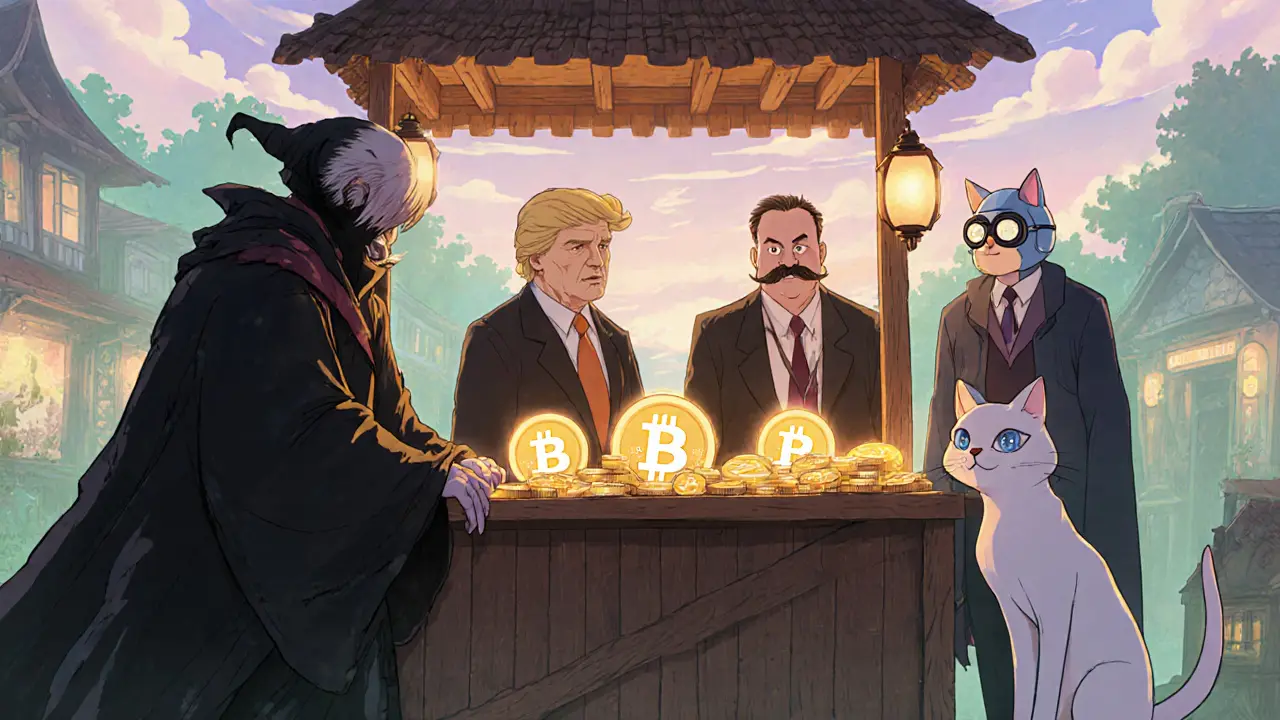ERC-20 Token: The Core Standard Shaping Crypto Assets
When working with ERC-20 token, a standardized smart‑contract template on Ethereum that lets developers create fungible assets, also known as Ethereum token standard, you’re tapping into the most widely adopted building block in crypto. It runs on Ethereum, the public blockchain that supports decentralized applications and hosts the majority of DeFi protocols, and follows a smart contract, self‑executing code that enforces the rules of token transfers without a middleman. This combination makes tokenomics possible – the way supply, distribution, and incentives are engineered – and powers everything from stablecoins to airdrop campaigns. In short, ERC-20 token encompasses smart contract standards, enables tokenomics for DeFi, decentralized finance applications that let users lend, borrow, and trade without banks, and fuels the rapid growth of the crypto ecosystem.
How ERC-20 Tokens Are Created, Managed, and Traded
Developers write ERC-20 contracts in Solidity, compile them with tools like Remix or Hardhat, and often start from OpenZeppelin’s battle‑tested libraries to avoid common bugs. Once deployed, the contract defines essential functions – totalSupply, balanceOf, transfer, approve, and allowance – that wallets and exchanges read to move tokens safely. This clear interface lets exchanges, centralized platforms that list and trade crypto assets list new ERC-20 assets with just a contract address, and it lets decentralized apps query balances in real time. Token creators can embed features like minting caps, burn mechanisms, or pausable transfers to shape tokenomics, influencing everything from airdrop eligibility to liquidity pool rewards. Security audits are a must because a single flaw can let anyone mint unlimited tokens, a risk that has haunted several projects. After launch, projects monitor on‑chain metrics – holder distribution, transaction volume, and contract interactions – to gauge health and adjust incentives. The lifecycle typically moves from private sale, through a public airdrop or launch‑pad, onto exchange listings, and finally into broader DeFi integration, where the token can be used as collateral or yield‑farm fodder.
Today the ERC-20 standard sits at the crossroads of regulation, innovation, and community buzz. EU directives like MiCA are starting to classify certain ERC-20 tokens as securities, while other jurisdictions treat them as utility assets, which means compliance teams must stay alert to evolving rules. Meanwhile, new trends such as token‑gated access, layer‑2 scaling, and cross‑chain bridges are expanding what an ERC-20 can do without changing its code. Recent airdrops – from DeFi platforms to NFT marketplaces – showcase how flexible tokenomics can drive user acquisition, while high‑profile security incidents remind us that careful audit and transparent governance are non‑negotiable. Below you’ll find a curated set of articles that dive deeper into exchange reviews, airdrop guides, regulatory updates, and real‑world case studies, giving you actionable insights to navigate the ERC-20 landscape with confidence.
18
VoldemortTrumpRobotnik-10Neko Ethereum Meme Coin: Full 2025 Guide
Explore VoldemortTrumpRobotnik-10Neko, the absurd Ethereum meme coin, its specs, market data, risks, and how it stacks up against other meme tokens.
Latest Posts
Popular Posts
-
 What is Privix New (PRIVIX) Crypto Coin? Facts, Price, and Risks in 2025
What is Privix New (PRIVIX) Crypto Coin? Facts, Price, and Risks in 2025
-
 What Is Collateralization in DeFi? A Clear Guide to How It Works and Why It Matters
What Is Collateralization in DeFi? A Clear Guide to How It Works and Why It Matters
-
 What is Bitgert (BRISE) crypto coin? Full breakdown of the blockchain, tokenomics, and real-world performance
What is Bitgert (BRISE) crypto coin? Full breakdown of the blockchain, tokenomics, and real-world performance
-
 Xena Exchange Crypto Exchange Review: Professional Tools vs. Regulatory Risks
Xena Exchange Crypto Exchange Review: Professional Tools vs. Regulatory Risks
-
 What is LUXO (LUXO) crypto coin? The truth about the luxury authentication token
What is LUXO (LUXO) crypto coin? The truth about the luxury authentication token
Tags
- crypto exchange
- cryptocurrency
- crypto exchange review
- meme cryptocurrency
- blockchain
- cryptocurrency compliance
- Binance Smart Chain
- CoinMarketCap airdrop
- underground crypto Nepal
- crypto airdrop guide
- crypto staking
- Bitcoin mining Iran
- airdrop
- Ethereum staking
- GENIUS Act
- liquid staking
- cryptocurrency exchange security
- crypto
- crypto airdrop
- crypto regulations



